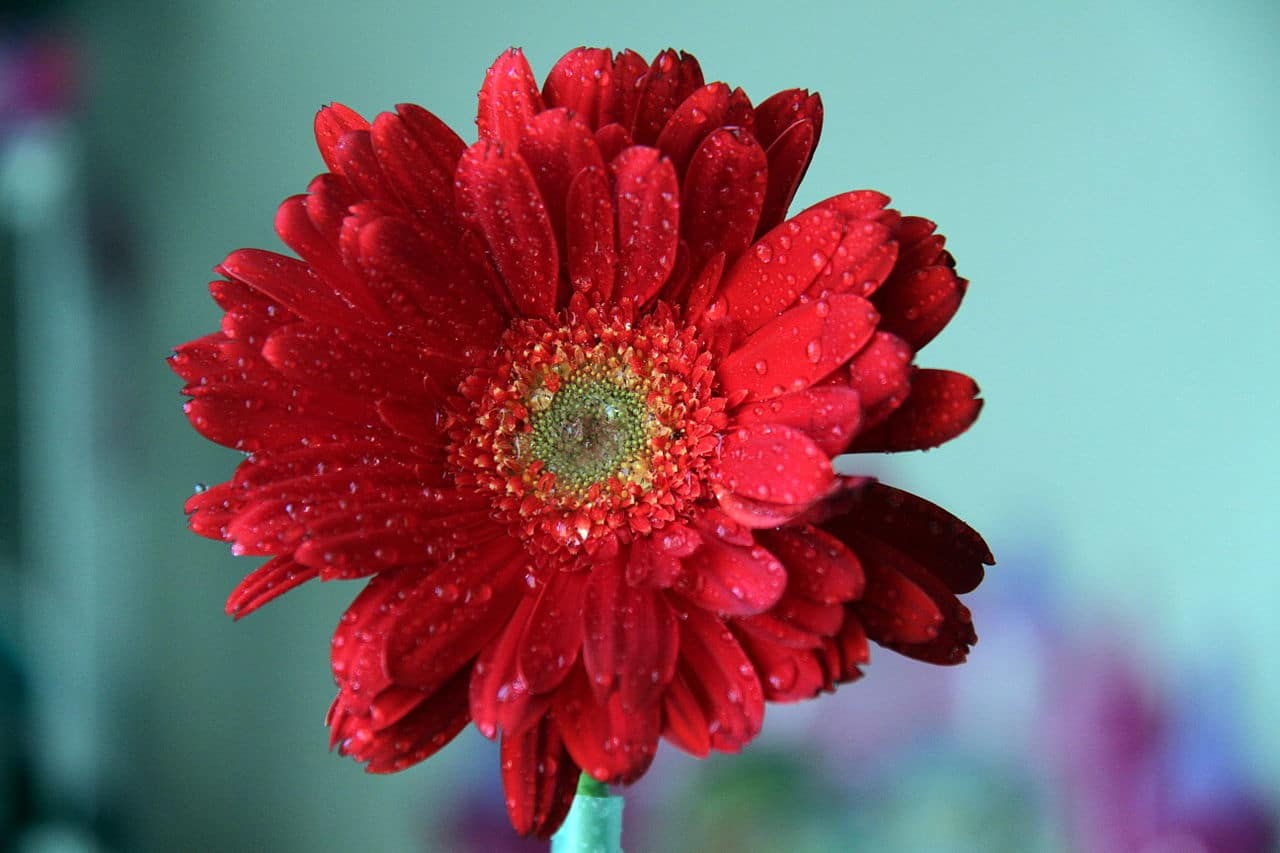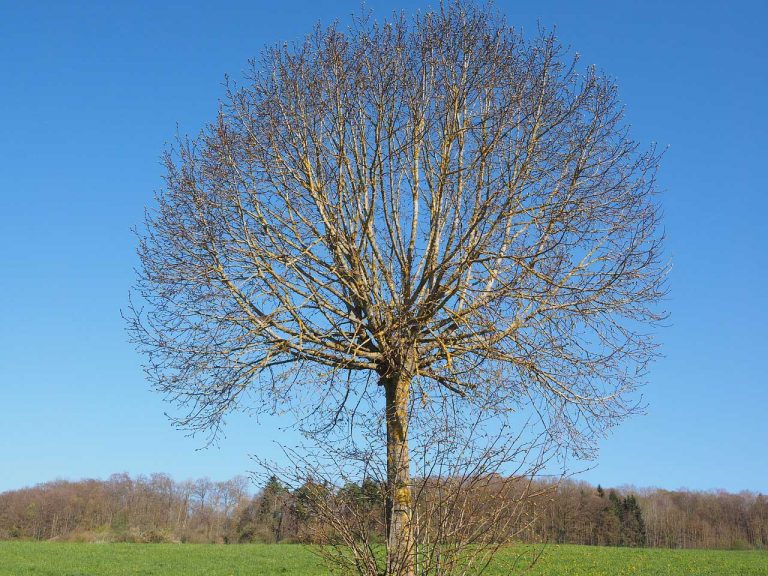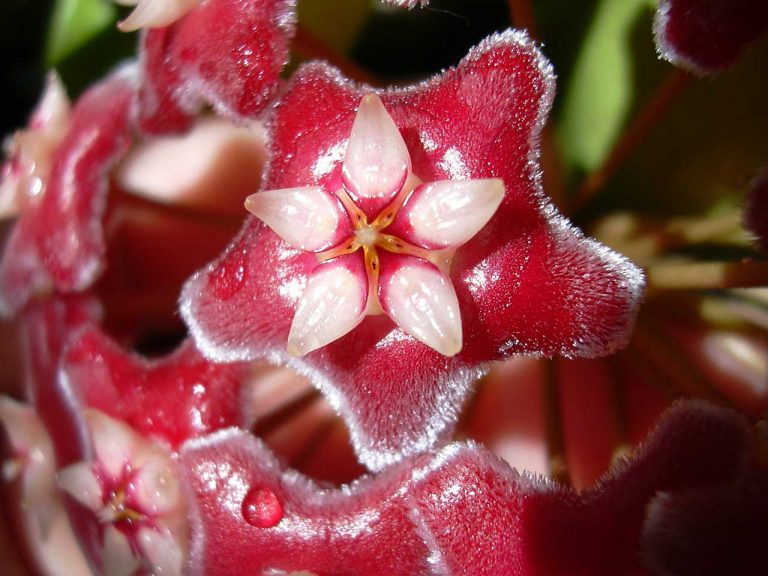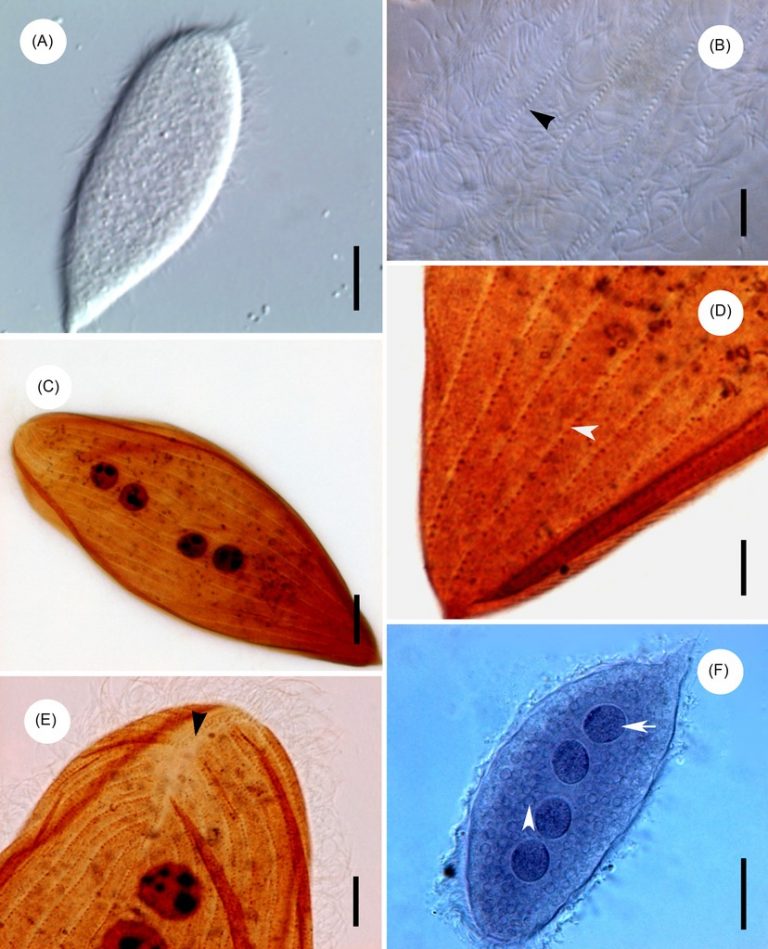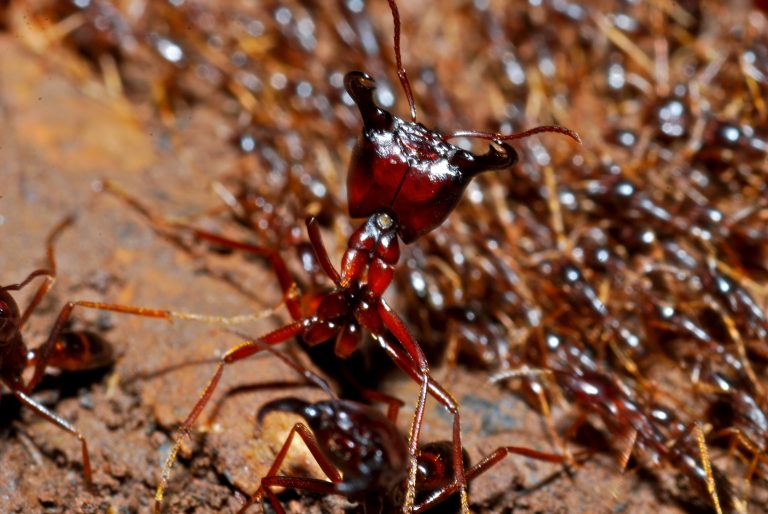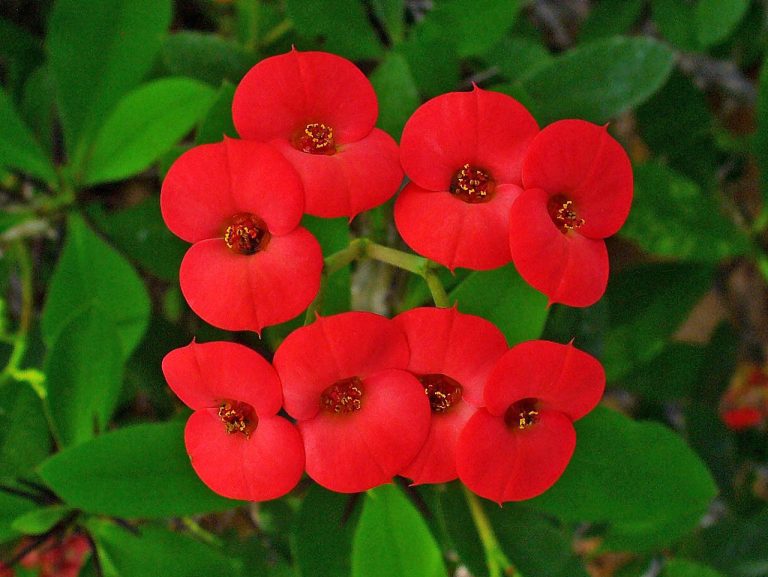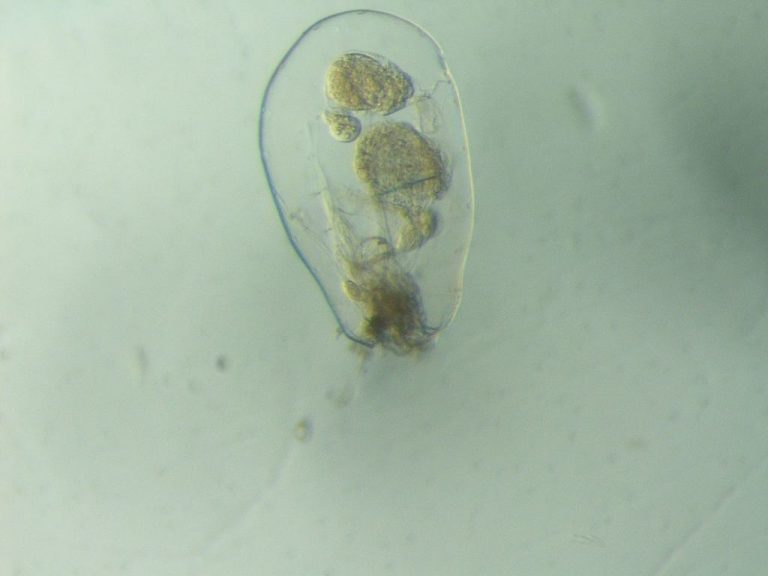Gerbera Daisies -Symbolizing Innocence, Purity and Optimism
Scientific Classification
| Kingdom: | Plantae |
| (unranked): | Angiosperms |
| (unranked): | Eudicots |
| (unranked): | Asterids |
| Order: | Asterales |
| Family: | Asteraceae |
| Subfamily: | Mutisioideae |
| Tribe: | Mutisieae |
| Genus: | Gerbera |
Gerbera Daisies originate from a group of similar decorative plants belonging to the family of Sunflower (Asteraceae) and take their name in honor of the German environmentalist and botanist ‘Traugott Gerber’, who traveled throughout Russia.
All the way from tropical Asia, Africa and South America, you can see about 30 varieties in nature. The general name for Gerbera is African daisy. Gerbera’s commercial importance stems from the fact that it is among the most frequently used cut flowers in the world, after carnation, tulip, rose and chrysanthemum. It symbolizes purity, innocence and cheerfulness.
Anatomy
The variety Gerbera has a big capitulum with remarkable, two-lipped ray florets in colors ranging from, yellow, pink, white or red. The capitulum becomes visible as a single flower, but it is in fact a composition galore of single flowers. The arrangement of the capitulum, brings changes to the morphology of the flower. The flower’s head is 7cm in diameter (Gerbera mini) and 12cm in (Gerbera Golden).
How to Grow Gerbera Daisies from Seeds Domestically
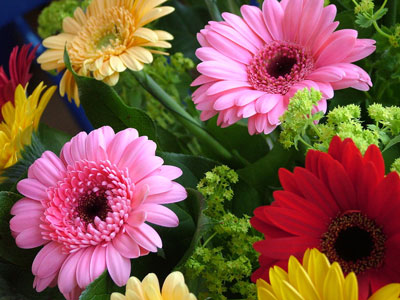
Photo by: Ziko van Dijk
Preparation for Planting
Sow the seeds of the Gerbera daisies indoors for quick flowering. One end of the seeds has fuzz. Go in for the thick ones because the thin ones are at times infertile. While sowing the seeds, ascertain that you place the seeds upright with the fuzz on the top. Follow the advice on Gerbera daisy care while endeavoring to grow the plant at home.
Planting
Take a superficial bowl with damp soil and plant them directly. The ideal substrate is Peat moss pellets or peat moss. Place the seeds just in level with the soil, keeping the little fuzz peeping out. Since warmth and light are essential for their germination, place the bowl in a mild sunny place of about 70 degrees F. At this temperature, it takes 15 – 20 days to germinate. For maintaining the soil warm and moist, cover the bowl with a clear plastic wrapper. While germination takes place, make sure that the soil is moist. Once the seeds have sprouted, ensure sufficient light, and avoid too much watering and air draft. Transplant them to a large pot once four leaves have sprouted. The right soil is 1/3 peat moss, 1/3 compost and 1/3 vermiculite.
Placement and Watering
In case you desire these plants for an outdoor garden, arrange the pots outside in a sheltered place for 3 days to solidify. Afterwards, plant them in your garden using rich composite soil in bright sunlight with enough water initially. For effervescent flowers, supplement with high-energy fertilizer (high potassium) in the water.
Flowers Bloom Season
The Gerbera Daisies (Gerbera jamesonii) are delicate and perpetual and need protection in colder climates. The bright and sunny flower that manifests in many colors brings brightness to a room when planted indoors and lightens up the outdoors as well. For it to bloom in full, it needs maximum sunlight and a favorable, infertile, and insignificantly acidic soil that retains moisture with proper drainage.
How to Care For Gerbera Daisies
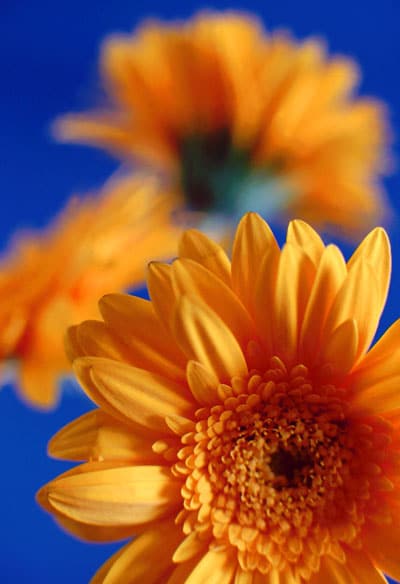
Photo by: Gerd W. Zinke
You get the best Gerbera daisies if they absorb 6 hours or more of straight sunlight every day after planting. A strong supply of light renders an affluent resource of flowers. It is essential to keep the Gerbera daisies uniformly moist and moderately dry before watering. Gerberas when healthy are immune to pests. However when you water them in excess, they are liable to develop fungus and stem decay, which is a usual difficulty. To prevent infection through fungus, always get rid of the old leaves.
The Gerbera Daisy is a spectacular flower that adds large splatters of white, gold, pink, red, orange to the beauty of your home, or garden. Even though nurturing them is easy, you need to take much care in handling the seeds that are sensitive and fragile. Peruse the guidelines of how to grow and nurture Gerbera daisies, and you see these vivid plants flourish.

Having discovered a fondness for insects while pursuing her degree in Biology, Randi Jones was quite bugged to know that people usually dismissed these little creatures as “creepy-crawlies”.

